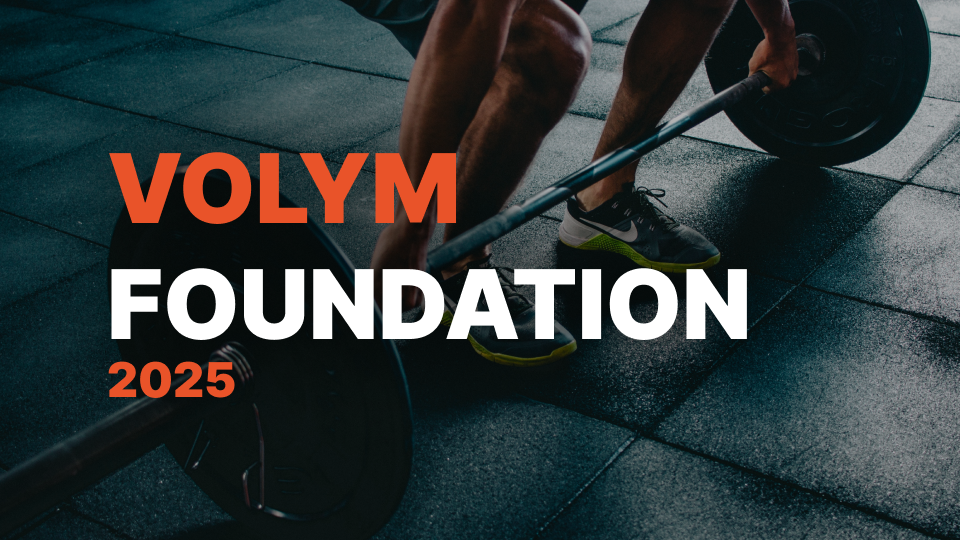The seated cable chest fly is a controlled, tension-filled way to train your chest—especially the inner and mid fibers. Compared to dumbbells, cables provide constant resistance throughout the movement, making it easier to focus on muscle contraction and form.
It’s great for lifters of all levels looking to build muscle, improve symmetry, or add volume without taxing the joints.
Muscles Worked
- Primary: Pectoralis major (especially inner and mid-chest)
- Secondary: Front delts, biceps (as stabilizers)
The seated position limits body movement, helping isolate the chest and reduce momentum.
How to Do It (Step-by-Step)
- Adjust the seat and cable handles so the pulleys are at chest height when seated.
- Sit upright with your back flat against the pad, feet planted.
- Grab the handles with palms facing forward or slightly inward.
- With a slight bend in your elbows, bring the handles together in front of your chest.
- Squeeze at the top, then return slowly to the starting position until you feel a deep stretch.
💡 Keep the motion smooth—don’t let the weights pull your arms back too fast.
Ideal Rep & Rest Ranges
| Goal | Reps | Rest |
|---|---|---|
| Hypertrophy | 10–15 | 30–60 sec |
| Endurance | 12–20 | 15–45 sec |
Pair this with Auto Progression to hit ideal rep targets and adjust over time.
Form Tips
- Elbows slightly bent: Lock in this angle and avoid turning the fly into a press.
- Stay upright: Don’t lean forward or twist—stay locked into the seat.
- Stretch with control: Let your pecs open up at the bottom, but avoid over-stretching.
- Focus on the squeeze: Visualize your pecs pulling the handles together.
When to Use It
- Toward the end of your chest workout for isolation
- In supersets with pressing movements
- On cable-based push days where control is the focus
Common Mistakes
- ❌ Using too much weight and losing control
- ❌ Turning it into a press (bending the elbows mid-rep)
- ❌ Leaning forward or swinging the body
- ❌ Not allowing a full range of motion
📌 Lighter weight, perfect form = better pec activation.
Progress with Volym
- Set progression targets using Auto Progression
- Record your performance with Workout History
- Use the Rest Timer to control fatigue and manage intensity
Cables provide constant tension throughout the movement, making them great for controlled isolation work and a better peak contraction.
No. This movement works best with moderate weight and perfect form. Focus on the stretch and squeeze.
Yes! You can adjust the pulley height to hit different areas of the chest (e.g., higher for lower chest, lower for upper chest).
A little front delt involvement is expected, but if your shoulders dominate, lighten the weight and check your form.
Absolutely. The seated position adds stability and makes it easier to focus on proper chest activation.


